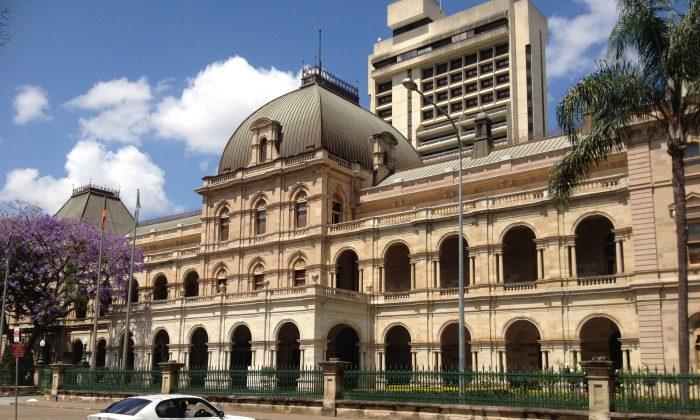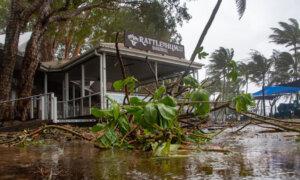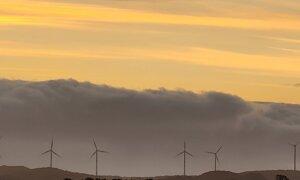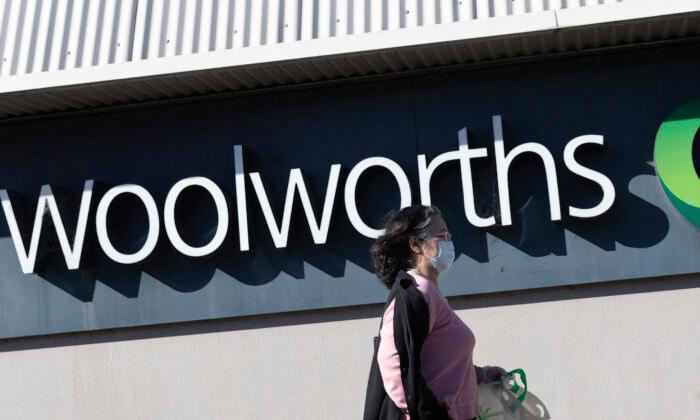Queensland will be $188 billion (US$121 billion) in debt by 2027, Treasurer Cameron Dick has confirmed, blaming it on a reduction in royalties from coal and a decrease in Queensland’s share of GST.
New Treasury forecasts in the lead-up to the June state budget show the Queensland government’s borrowing is set to double to $128 billion between now and 2027/28, as net debt quintuples to $73 billion.
Total debt—which includes government-owned corporations—will rise to $188 billion, up from the current $109.8 billion.
Government borrowing is also expected to increase to $128 billion, to help pay for the current $96 billion infrastructure pipeline, which includes new renewable energy projects, public housing, and hospital expansions.
The new estimates mean the next state budget will be difficult, Mr. Dick said, warning that both sides of politics will need to refrain from big-spending promises in the lead-up to the state election, due to be held on 26 October this year.
However, despite the gloomy outlook, he confirmed the state government was committed to providing cost-of-living relief for Queenslanders.
“We will be working hard in the coming months to make the debt numbers as low as possible,” Mr. Dick said.
Cost-of-Living Relief on the Way
“We are determined to [provide cost-of-living relief], even as our budget faces economic headwinds,” he said.“As I said in 2020, debt is not a dirty word. It is not a policy mistake to increase debt as the size of the economy and our revenues increase. Our state is growing, so we need to grow debt so we can continue to deliver the infrastructure and services Queenslanders deserve, in full confidence that our ability to service debt is also growing.”
The cost-of-living relief package will be unveiled in the Budget and will exceed $8.2 billion in the next financial year.
Mr. Dick would not be drawn on whether this would be wholly funded by taking on more debt, but said the government would “use borrowings to deliver for Queensland.”
“We will go into deficit as a state if it means keeping Queensland families and households in surplus,” he said.
The increase in debt comes despite a $15.3 billion coal royalty windfall in last year’s Budget.
However, since then, there has been a 25 percent fall in the price of metallurgical coal, which impacts how much the state rakes in from royalties. The mid-year Budget update predicts that this year, the state will net at least $9.2 billion from the fossil fuel.
Liberal National Party (LNP) Treasury spokesman David Janetzki said debt had increased because of “wasteful spending” by the government, citing the $223.5 million cost to build the privately-owned Wellcamp quarantine facility, which was used for just six months and housed 730 people.
“We’ve never seen a government that has blown more on project overruns, borrowed more, taxed more, and yet Queenslanders have less and less to show for it,” he said.
He pledged that both debt and taxes would be reduced under an LNP government, but said the opposition would not release its debt-reduction strategy or tax plan until after the June budget.






